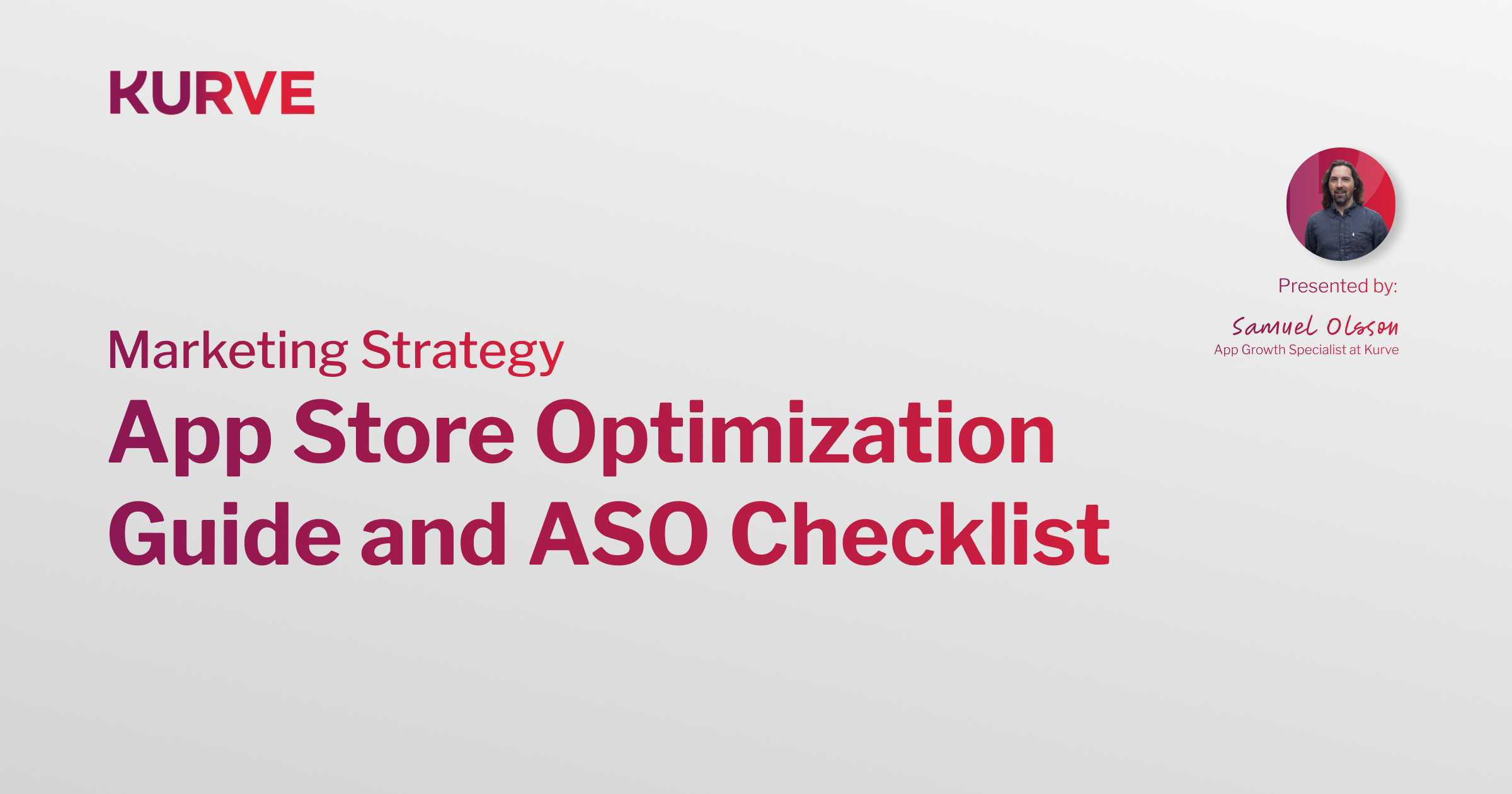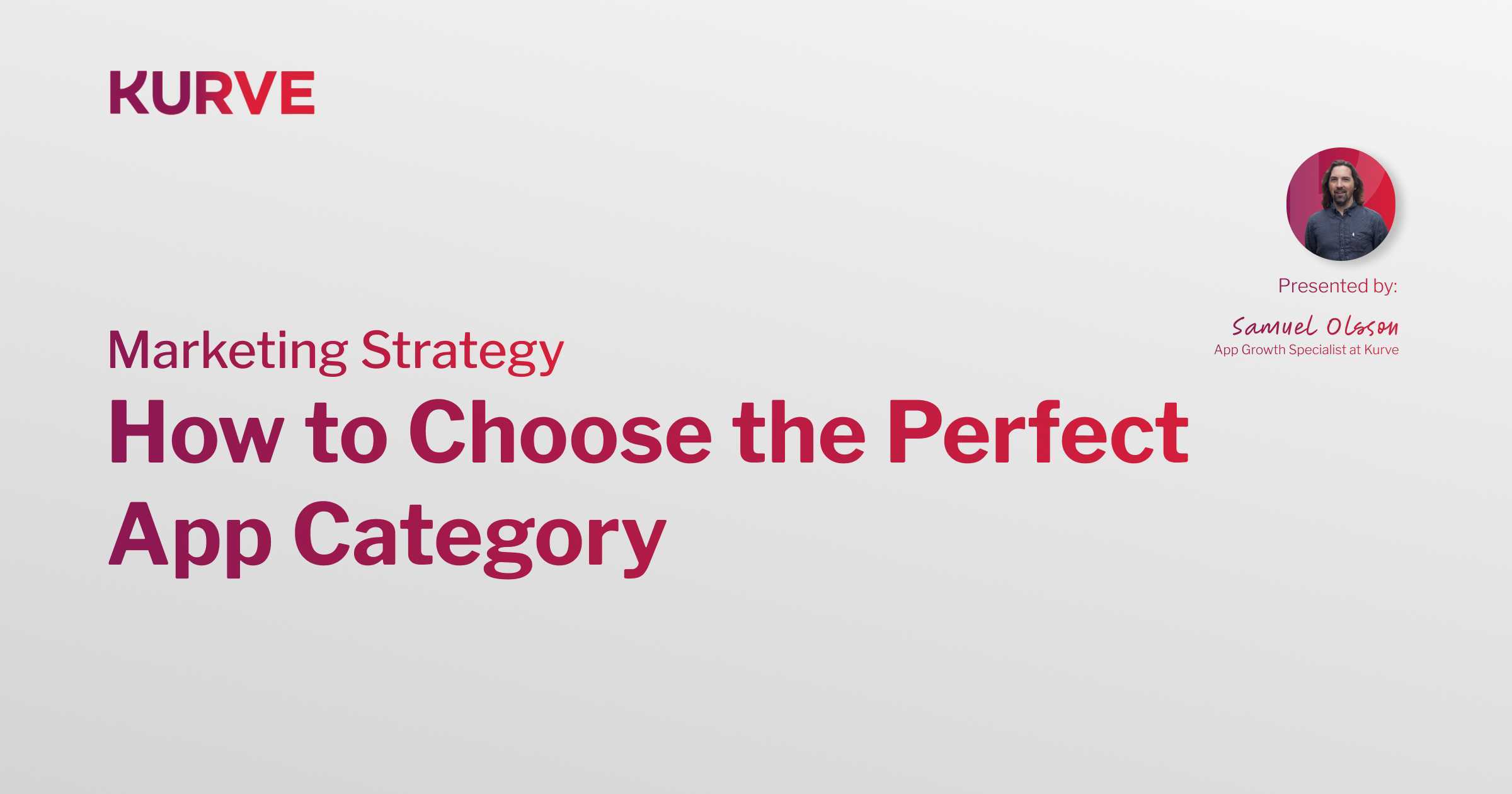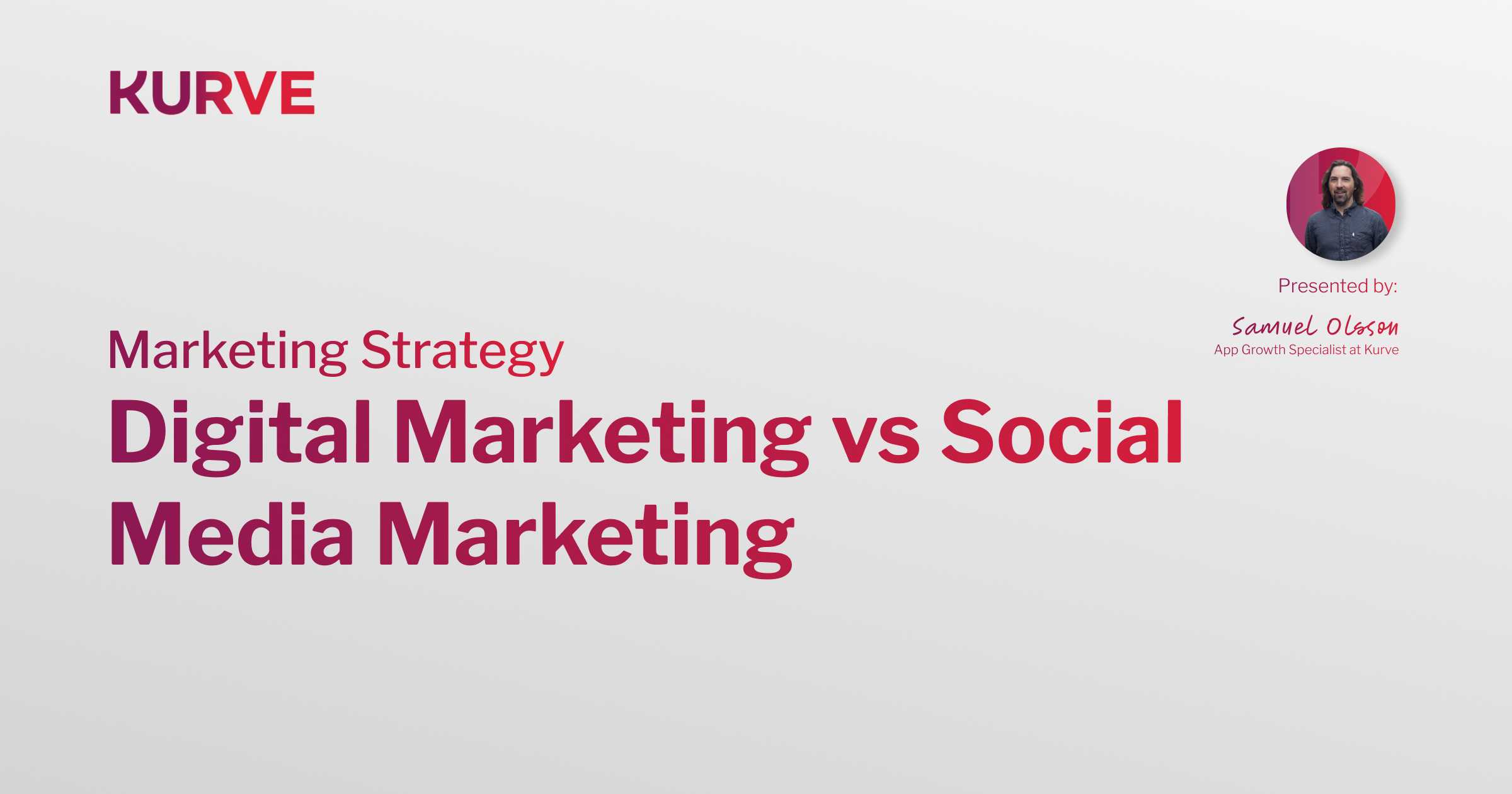Ecommerce Website Development: Guide for Web & Mobile Growth
In today’s digital-first world, businesses no longer ask whether they need to sell online, the question is how to build the right digital ecosystem that maximizes reach, revenue, and customer loyalty. At the heart of that ecosystem sits your ecommerce website, the hub where shoppers discover products, make purchases, and engage with your brand.
But ecommerce isn’t just about desktop browsing anymore. With mobile driving a significant share of online sales, businesses must now ask a new question: Is a website enough, or should you also consider building a dedicated ecommerce mobile app?
This guide breaks down the essentials of ecommerce website development, compares the leading platforms, and explores the role of mobile ecommerce apps in driving long-term growth.
Table of Contents
- What Is Ecommerce Website Development?
- Why Ecommerce Website Development Matters Today
- Planning Your Ecommerce Website
- User Experience and Design
- Key Features of Ecommerce Websites
- Ecommerce Platform Comparison
- The Rise of Mobile Ecommerce
- When to Build a Mobile Ecommerce App
- Best Practices for Ecommerce Growth
- Frequently Asked Questions
What Is Ecommerce Website Development?
Ecommerce website development is the process of building an online storefront where customers can browse products, add them to a cart, and complete secure transactions. Unlike standard websites, ecommerce platforms must handle critical functions such as inventory management, payment integration, shipping, and user accounts.
More importantly, ecommerce websites act as a digital growth engine. They combine technology, design, and strategy to deliver seamless shopping experiences across devices.
Why Ecommerce Website Development Matters Today
The Numbers Behind Ecommerce
- Over 20% of all global retail sales now happen online.
- Mobile commerce (“m-commerce”) is projected to account for nearly 45% of ecommerce sales by 2025.
- Shoppers increasingly research online before visiting stores.
Business Advantages
- Global Reach: Sell without geographical limits.
- Cost Efficiency: Reduce reliance on physical outlets.
- Customer Data: Track behaviors, optimize campaigns, personalize experiences.
- Scalability: Add new products, features, or markets quickly.
Your ecommerce site is not just a shop, it’s your brand’s digital foundation.

Planning Your Ecommerce Website
Define SMART Goals
Examples include:
- Increase online revenue by 30% in 12 months.
- Reduce cart abandonment by 15% this quarter.
- Improve mobile conversion rates by 20%.
Research Customers and Competitors
Build personas, study competitors, and identify what makes your audience convert.
Select the Right Platform
Your platform choice shapes scalability, flexibility, and long-term growth. More on this in the comparison section.
User Experience and Design
- Mobile-first design: Essential since the majority of traffic is mobile.
- Intuitive navigation: Clear categories, search, and filters.
- Consistent branding: Typography, colors, and visuals should build recognition and trust.
- Accessibility: ADA/WCAG-compliant features expand your customer base.
Good design isn’t just visual, it drives conversions.
Key Features of Ecommerce Websites
- Product Management: Catalogs, categories, filters, and real-time inventory updates.
- Shopping Cart & Checkout: Guest checkout, saved carts, multiple payment options.
- Security: SSL, GDPR compliance, fraud prevention.
- SEO Optimization: Metadata, internal linking, keyword-rich descriptions.
- Analytics & Integrations: Track performance and connect with CRMs, email, and social platforms.
Ecommerce Platform Comparison
Choosing the right platform is critical. Below is a comparison of leading ecommerce tools and their mobile ecosystem support:
| Platform | Best For | Strengths | Limitations | Mobile Support (Apps) |
| WooCommerce | Small to medium businesses using WordPress | Flexibility, plugins, cost-effective | Requires technical setup | Mobile app plugins available via third-party |
| Shopify | Fast-growing small to mid-size brands | Easy setup, app ecosystem, scalability | Limited backend customization | Shopify POS & mobile apps for managing store |
| BigCommerce | Mid-size to enterprise businesses | API-driven, strong SEO, omnichannel | Higher costs than entry-level platforms | Mobile-friendly storefront, admin mobile app |
| Adobe Commerce (Magento) | Enterprise, custom builds | Advanced customization, scalability | Expensive, complex to manage |
Third-party integrations for mobile apps |
Takeaway: If you plan to expand into mobile apps later, Shopify and BigCommerce provide the most ready-made mobile integrations, while WooCommerce and Magento require more customization.
The Rise of Mobile Ecommerce
Mobile isn’t just part of ecommerce it’s now leading it. Shoppers browse on mobile devices during commutes, at home, or even inside stores.
Key mobile stats:
- 76% of consumers shop on smartphones.
- Mobile-optimized sites rank higher on Google.
- Mobile checkout friction is the top cause of abandoned carts.
If your website isn’t mobile-ready, you’re losing sales. Want more insights into building the right app for your ecommerce brand? Explore Kurve’s app development solutions.
When to Build a Mobile Ecommerce App
An ecommerce website is essential, but there are scenarios where a dedicated mobile app makes sense:
When to Consider an App
- High repeat purchase behavior (fashion, food, beauty).
- Loyalty programs that encourage long-term engagement.
- Large product catalogues where personalization helps navigation.
- Push notifications for promotions and abandoned cart recovery.
Benefits of Mobile Apps
- Deeper engagement through push notifications.
- Faster, smoother performance compared to mobile browsers.
- Personalization powered by in-app data.
- Offline browsing capabilities.
Ready to turn mobile visitors into loyal customers? Explore Kurve’s proven mobile app user acquisition strategies and start driving growth today.
When a Website Alone May Suffice
- Early-stage businesses validating their idea.
- Niche sellers with low order volumes.
- Brands focused on international expansion before building loyalty.
For businesses weighing the decision, Kurve has a dedicated resource on ecommerce retail app growth, which explores how mobile apps can drive engagement and revenue alongside your website.

Best Practices for Ecommerce Growth
- Prioritize speed and performance. Slow sites drive customers away.
- Secure everything. Build trust with visible security features.
- Focus on storytelling. Product pages should inspire, not just inform.
- Leverage reviews and UGC. Social proof drives conversions.
- Test and optimize continuously. CRO is an ongoing process.
Looking for proven tactics to accelerate performance? Check out Kurve’s latest growth hacks for apps.
Frequently Asked Questions
1. What is ecommerce website development?
It is the process of building an online store with functionality for product management, checkout, payments, and customer engagement.
2. Which platform is best for ecommerce websites?
It depends on your business size and needs. Shopify is ideal for fast-growing small businesses, WooCommerce works well for WordPress users, BigCommerce suits mid-size brands, and Adobe Commerce is best for enterprise-level customization.
3. Do I need a mobile app if I already have an ecommerce website?
Not always. Start with a mobile-optimized site. If your customers shop frequently and you want deeper engagement (e.g., loyalty programs, push notifications), a mobile app is a powerful addition.
4. How important is mobile optimization for ecommerce?
It’s critical. The majority of online shopping happens on smartphones. Mobile optimization improves SEO rankings, conversion rates, and customer experience.
5. How much does ecommerce website development cost?
Costs vary depending on platform, features, and whether you choose a template or custom build. Small setups can start at a few thousand, while enterprise-level custom solutions may require six figures.
Key Takeaways
- Ecommerce website development is the foundation of modern digital retail.
- Mobile is not optional — every website must be mobile-first.
- Platform choice impacts growth, scalability, and mobile ecosystem support.
- Consider a dedicated mobile app if repeat purchases and loyalty are core to your business.
- Combining a strong ecommerce website with a future-proof mobile strategy maximizes growth.


